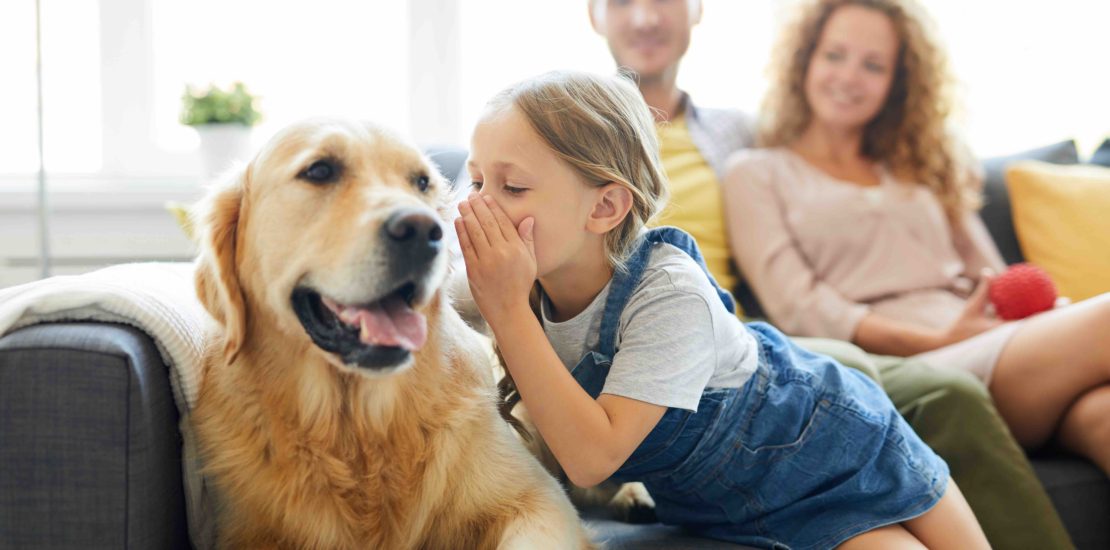- February 24, 2020
- Posted by: optimaadmin
- Category: Behaviors, Coaching The Handler

How to Speak to Your Dog
 The preferred method of communication amongst humans is verbal so it’s natural that we try to do the same with our dogs. The challenge comes when the dog doesn’t respond in the way we think it should. We even humanize their responses to seem like they are being stubborn or naughty. Sometimes owners try talking louder. Sometimes they add sternness to their voice so their request sounds serious. Ultimately the response from the dog is the same….they just don’t do it. Why? Because you have not spoken, or communicated in a way that it understands.
The preferred method of communication amongst humans is verbal so it’s natural that we try to do the same with our dogs. The challenge comes when the dog doesn’t respond in the way we think it should. We even humanize their responses to seem like they are being stubborn or naughty. Sometimes owners try talking louder. Sometimes they add sternness to their voice so their request sounds serious. Ultimately the response from the dog is the same….they just don’t do it. Why? Because you have not spoken, or communicated in a way that it understands.
Think about how they start out, with their mother and siblings in a birthing nest of a sort. Even with their eyes and  ears closed for the first two weeks, they are being taught how to find food, when it’s time to eat, when it’s time to sleep and how to exercise/play with their siblings. I have yet to see a mother dog speak to her babies with words. Instead she uses her mouth and paws to direct and correct. She uses dog language to get her point across.
ears closed for the first two weeks, they are being taught how to find food, when it’s time to eat, when it’s time to sleep and how to exercise/play with their siblings. I have yet to see a mother dog speak to her babies with words. Instead she uses her mouth and paws to direct and correct. She uses dog language to get her point across.
In this blog we are going to unpack how humans can learn to communicate in an effective way with their dog. It’s not too complicated, and with a little practice and focused effort you too can learn how to get your point across in a short amount of time. It can happen because you are communicating in a way that your dog already knows.
Most of us use English as our preferred language. And many of us have tried (and some have succeeded) in learning an additional language. The earlier you learn it the easier it is, right? For a dog, since they pretty much stay on the developmental age of a 2 to 2 ½ year old human are capable of enhancing their dog language skills. Luckily it’s not a complicated language to learn for us so let’s get to it.
 Usually the first step is to stop using words and start using your hands/body to signal commands. When I first start training with a client I observe what they are currently doing to communicate what they want the dog to do. Often times their dog will jump up on them and they will say things like, DOWN, OFF and NO. You name it, it gets said in an attempt to get the dog to stop. What your dog thinks is “WOW!! My owner really likes this when I jump up because look how excited it makes them.”
Usually the first step is to stop using words and start using your hands/body to signal commands. When I first start training with a client I observe what they are currently doing to communicate what they want the dog to do. Often times their dog will jump up on them and they will say things like, DOWN, OFF and NO. You name it, it gets said in an attempt to get the dog to stop. What your dog thinks is “WOW!! My owner really likes this when I jump up because look how excited it makes them.”
Another common problem is a dog charging the door when the doorbell rings. It’s fun when they are little because  they scurry along with their adorable little bodies and the two of you greet the person. Then the dog grows up and you two are now racing to get to the door first and you find yourself saying STOP, BE QUIET, SIT, etc. Just like the jumping up example, the dog sees you get excited and it responds a certain way, but it does not do the verbal commands you have just said.
they scurry along with their adorable little bodies and the two of you greet the person. Then the dog grows up and you two are now racing to get to the door first and you find yourself saying STOP, BE QUIET, SIT, etc. Just like the jumping up example, the dog sees you get excited and it responds a certain way, but it does not do the verbal commands you have just said.
How can you change their behavior? By changing the way you communicate and channeling the alpha dog mentality. You will respond with positive, demonstrative actions and signals that the leader of the pack uses to direct and correct (similarly to how the dog’s mother did back in the birthing nest). Examples can be found at a dog park or dog daycare where dogs are interacting and speaking to each other with barks, chasing each other, tail wags and posturing. They use a series of sign and body language to communicate with each other and everyone in the group understands perfectly what is being said.
In the two examples I gave earlier, jumping up and running while barking at the doorbell, I suggest using the well understood dog language of active ignoring and/or banishment from the pack. Active ignoring on your part means you completely ignore the unwanted behavior by not talking to the dog and thereby inadvertently “training” the dog to not react to the doorbell. Banishment from the pack is a very strong communication tool for a dog that they learn at a very early age. The alpha of the pack will remove the dog and basically says you cannot return until you change your behavior.
I recommend using 1 minute banishment (time out) to remove the dog from the situation and give it just enough time to reset. To apply the banishment from the pack technique, you need the following items readily available
- A short, light leash (I use a cat leash), a piece of garden twine or short piece of rope
- A designated space where the dog can be readily removed to, like a small bathroom, laundry room or crate (reset space)
To do the banishment from the pack technique
- Don’t say a word
- Stay very calm
- Take a hold of the leash/rope and walk the dog calmly to the reset place, close the door
- Walk away for one minute
- Go to the reset place and release the dog without saying a word
- If the barking, charging or jumping starts right up, quietly and calmly repeat
 If you have just let a guest into your home and your dog is overly friendly (jumping up, barking, licking) you can also use the active ignoring technique and ask your friend to follow your example of COMPLETELY ignoring your dog for about 10 minutes. Why? The dog’s adrenaline can stay ramped up for that long and this gives it enough time to reset into a calmer state of mind. Please do not talk to the dog, give treats, throw toys or anything else. Simply start your visit with your friend and then after 10 minutes acknowledge the dog and let it be part of the visit. If that isn’t working you can do the banishment technique again. In a short amount of time your dog will get tired of being removed because they truly hate to be left out of the action.
If you have just let a guest into your home and your dog is overly friendly (jumping up, barking, licking) you can also use the active ignoring technique and ask your friend to follow your example of COMPLETELY ignoring your dog for about 10 minutes. Why? The dog’s adrenaline can stay ramped up for that long and this gives it enough time to reset into a calmer state of mind. Please do not talk to the dog, give treats, throw toys or anything else. Simply start your visit with your friend and then after 10 minutes acknowledge the dog and let it be part of the visit. If that isn’t working you can do the banishment technique again. In a short amount of time your dog will get tired of being removed because they truly hate to be left out of the action.
I hope these examples have helped you to really understand that you and your dog do not speak the same language but can totally understand each other with the use of dog language. If you need a helping hand with training, the In Home Training offers excellent one-on-one dog ‘language’ sessions.
Next month’s blog will discuss some of the more common dog language signals and what they mean. Gaining a better understanding of what they are saying will help improve your communication even more.
Cheers,
Julie

